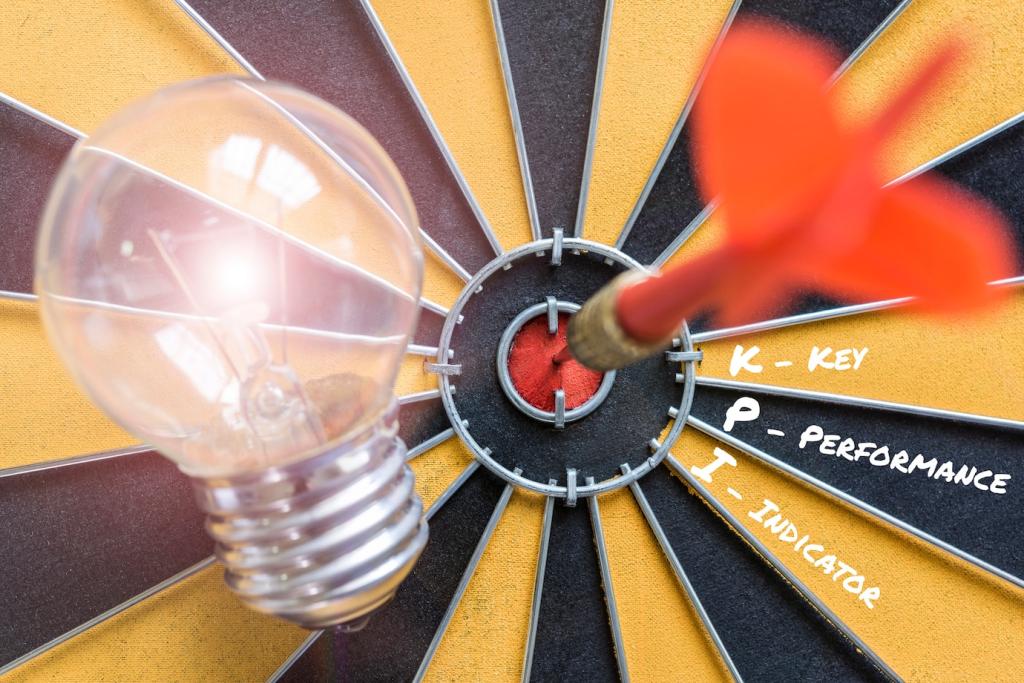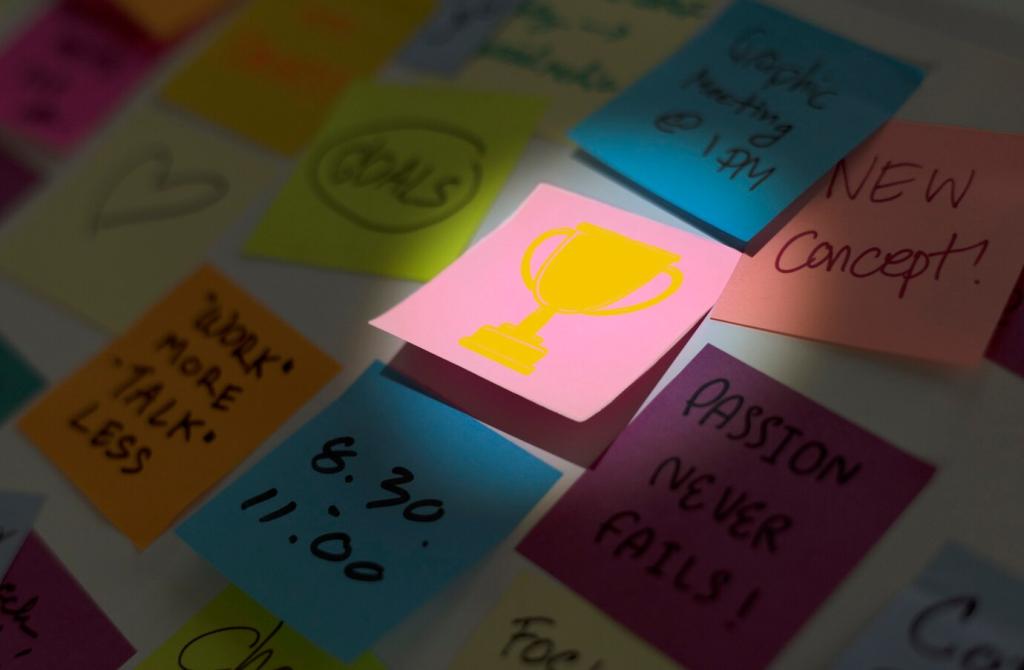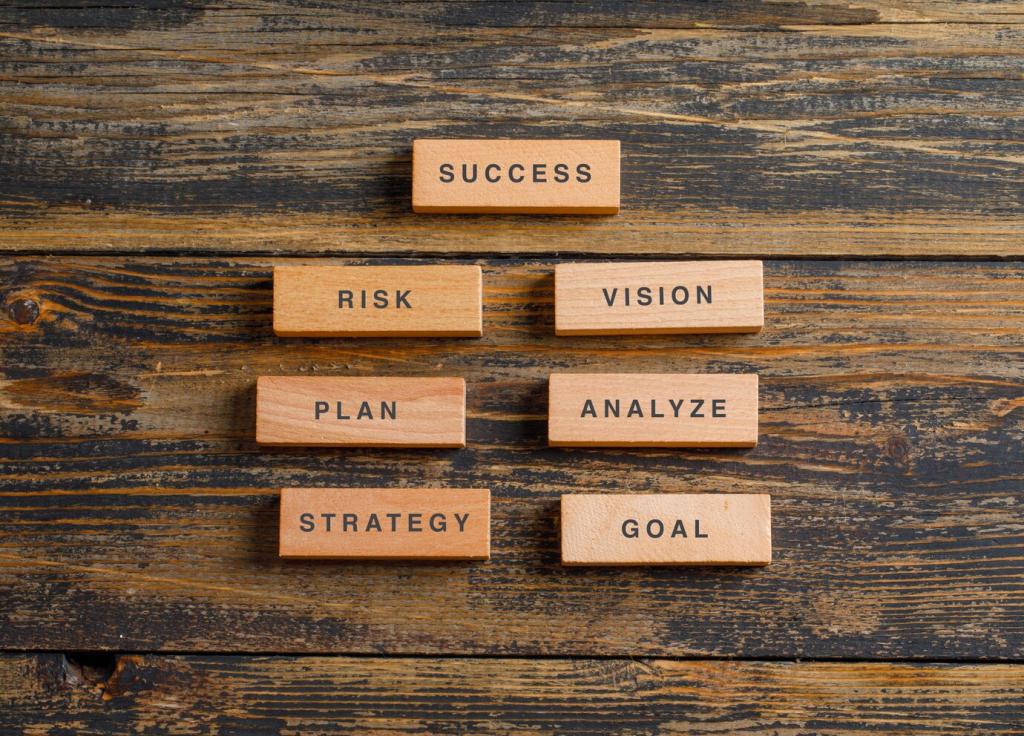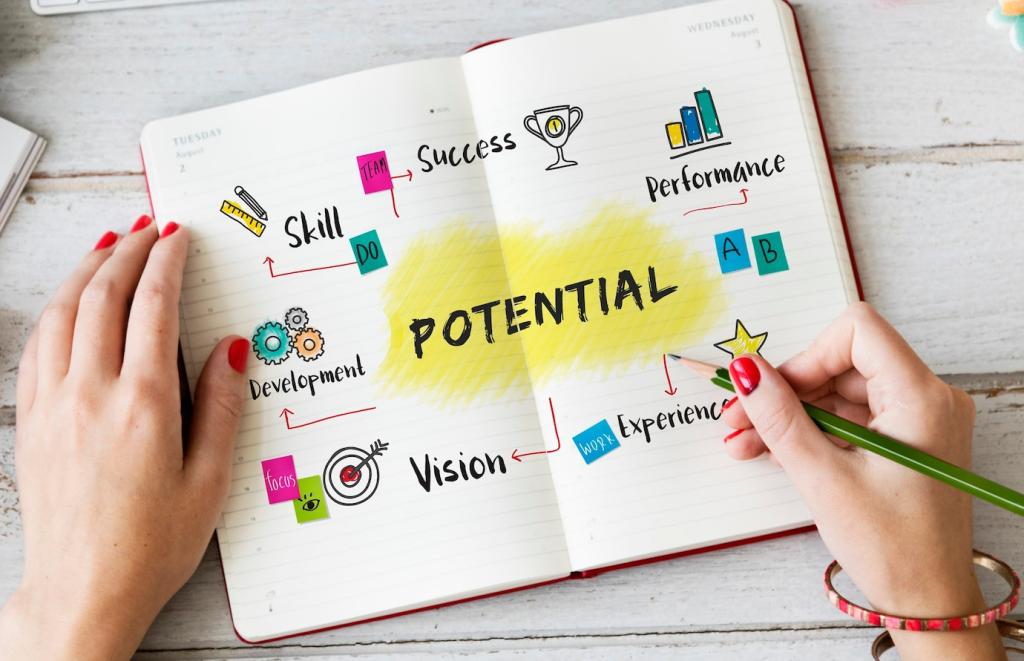Resilience and Burnout Prevention through Presence
Instead of waiting for vacations, schedule tiny resets: stand, breathe, and widen your visual field every ninety minutes. This interrupts stress accumulation and refreshes attention. A product manager I coached cut evening exhaustion by half using three-minute resets. Try it for a week and share your data.
Resilience and Burnout Prevention through Presence
When frustration spikes, name it specifically: irritation, disappointment, or fear. Labeling recruits language networks, softening reactivity. Then ask what supportive action fits the moment. Maybe it is clarifying scope, renegotiating a deadline, or requesting help. Skillful naming transforms emotion into information you can use wisely.
Resilience and Burnout Prevention through Presence
Burnout often begins when actions drift from values. Choose three values that matter at work and capture one daily behavior that honors each. Values like learning, integrity, or service can guide boundaries, feedback, and focus. Share your values list to invite accountability and encourage your peers.
Resilience and Burnout Prevention through Presence
Lorem ipsum dolor sit amet, consectetur adipiscing elit. Ut elit tellus, luctus nec ullamcorper mattis, pulvinar dapibus leo.









